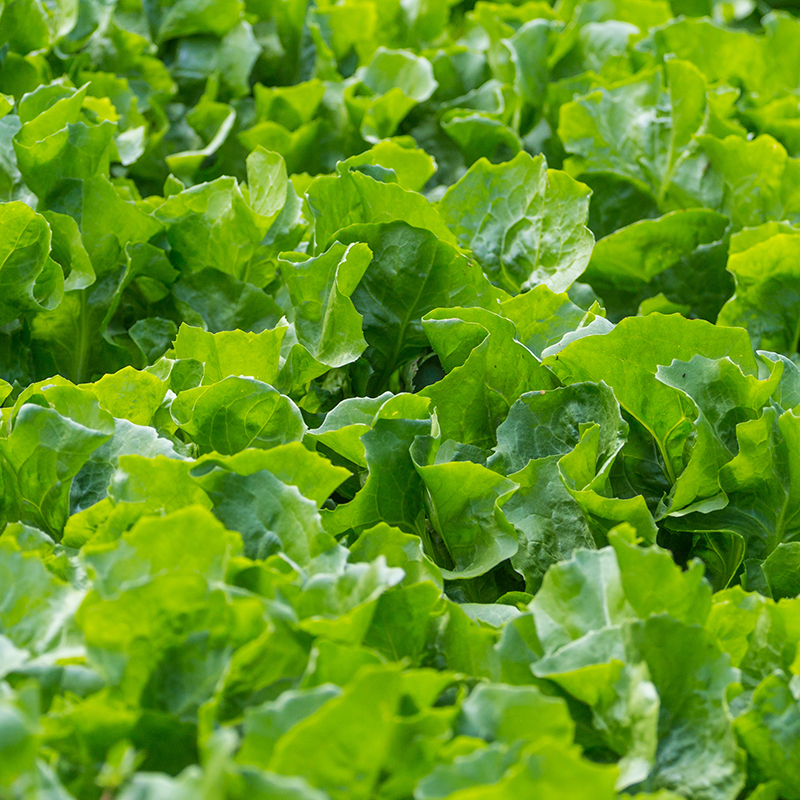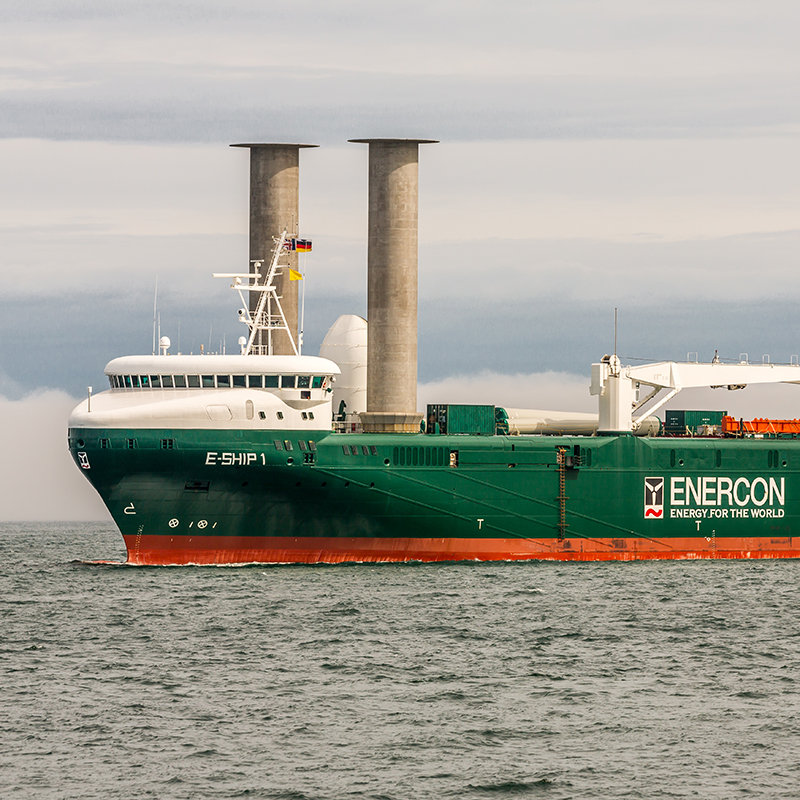Take a few plant products such as leaves, straw, grass, pieces of wood, or pinecones and fill them into a pressure vessel. Then add water and a pinch of catalyst and heat the whole thing at 180 degrees under pressure and without air for twelve hours. Voilà: carbon.
Markus Antonietti, Director at the Max Planck Institute of Colloids and Interfaces in Potsdam, came up with this “recipe” in 2006. The researcher’s idea was to directly and almost entirely convert plant biomass into carbon and water, thus providing a solution to the CO2 problem. In this process, the catalyst accelerates the splitting of the sugar molecules into carbon and water many times over, making the process faster than in nature. The method – called “hydrothermal carbonization” – eliminates the complicated steps otherwise common in biomass utilization. The carbon that was bound in the plant material can be used to produce petrol, diesel, or basic chemicals, or to generate electricity directly in fuel cells. The conversion occurs with virtually no loss of carbon – and, because the carbonization process is exothermic, it generates energy itself.
Compost becomes coal: hydrothermal carbonization
Nobel Prize winner Friedrich Bergius already studied the transformation of plant mass around a century ago, when he made the first attempts to replicate the natural process of carbonization. “We are ultimately standing on the shoulders of this giant,” says Markus Antonietti. “Today, thanks to modern instruments, we can describe this process more accurately and steer it more effectively with catalysts.” Hydrothermal carbonization therefore offers a potential path towards a more environmentally neutral energy industry and an answer to the pressing questions of our time.
(Image: Wolfgang Jargstorff – AdobeStock.com)








